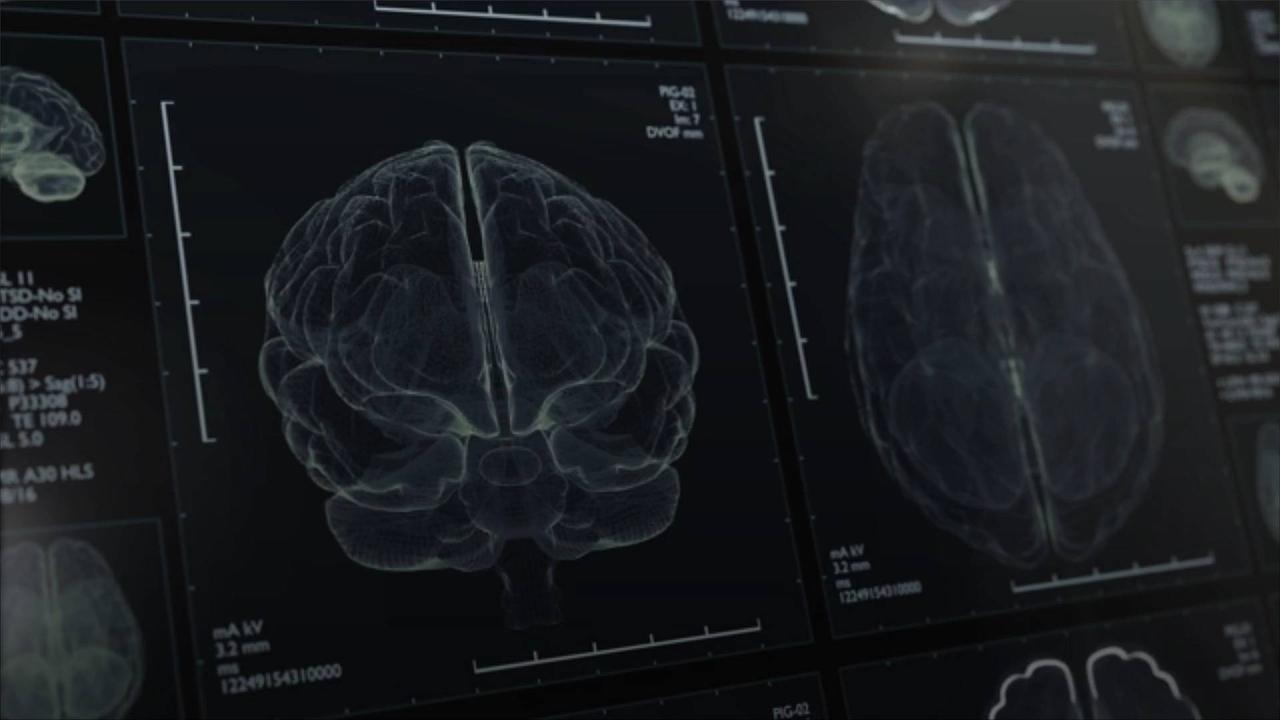
Light-Detecting Scanner , Could Lead to Medical , Breakthroughs.
A new scanner capable of detecting light deep inside the brain could lead to new cancer treatments and a screening method to detect Alzheimer's disease.
A new scanner capable of detecting light deep inside the brain could lead to new cancer treatments and a screening method to detect Alzheimer's disease.
'The Independent' reports that the device uses magnetic resonance imaging (MRI) to capture dynamic changes in colors of tissue.
.
The device could be used to map neuron-stimulating fibers or monitor light-based therapies for tumors.
We can image the distribution of light in tissue.
That’s important, Alan Jasanoff, senior author and professor at Massachusetts Institute of Technology, via 'The Independent'.
People who use light to stimulate or measure tissue often don’t quite know where the light is going, where they’re stimulating or where the light is coming from.
Our tool can be used to address those unknowns, Alan Jasanoff, senior author and professor at Massachusetts Institute of Technology, via 'The Independent'.
Senior author Professor Alan Jasanoff of MIT and his team of students designed a sensor capable of transforming light into a magnetic signal.
Senior author Professor Alan Jasanoff of MIT and his team of students designed a sensor capable of transforming light into a magnetic signal.
We wanted to create a magnetic sensor that responds to light locally, and therefore is not subject to absorbance or scattering.
Then this light detector can be imaged using MRI, Alan Jasanoff, senior author and professor at Massachusetts Institute of Technology, via 'The Independent'.
The team hopes that their work can be used as the basis for MRI probes capable of detecting stimuli other than light.
.
The team is currently working on a similar probe designed to detect light emitted by luciferases, glowing proteins that could reveal whether particular genes are activated or not.
The team's device was described in 'Nature Biomedical Engineering.'
